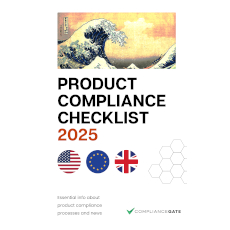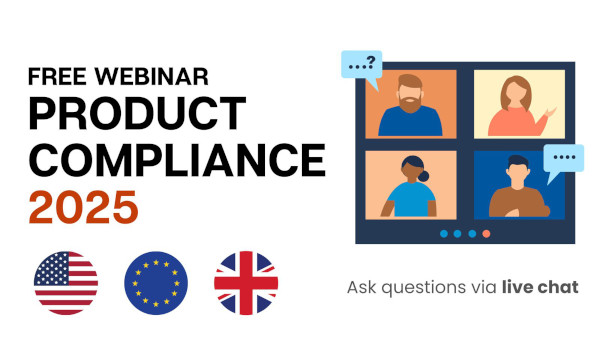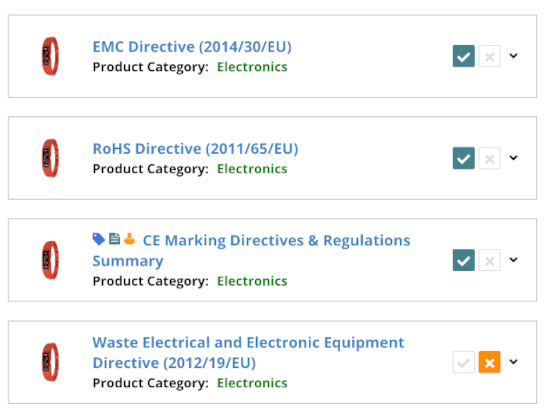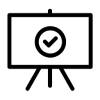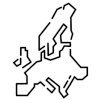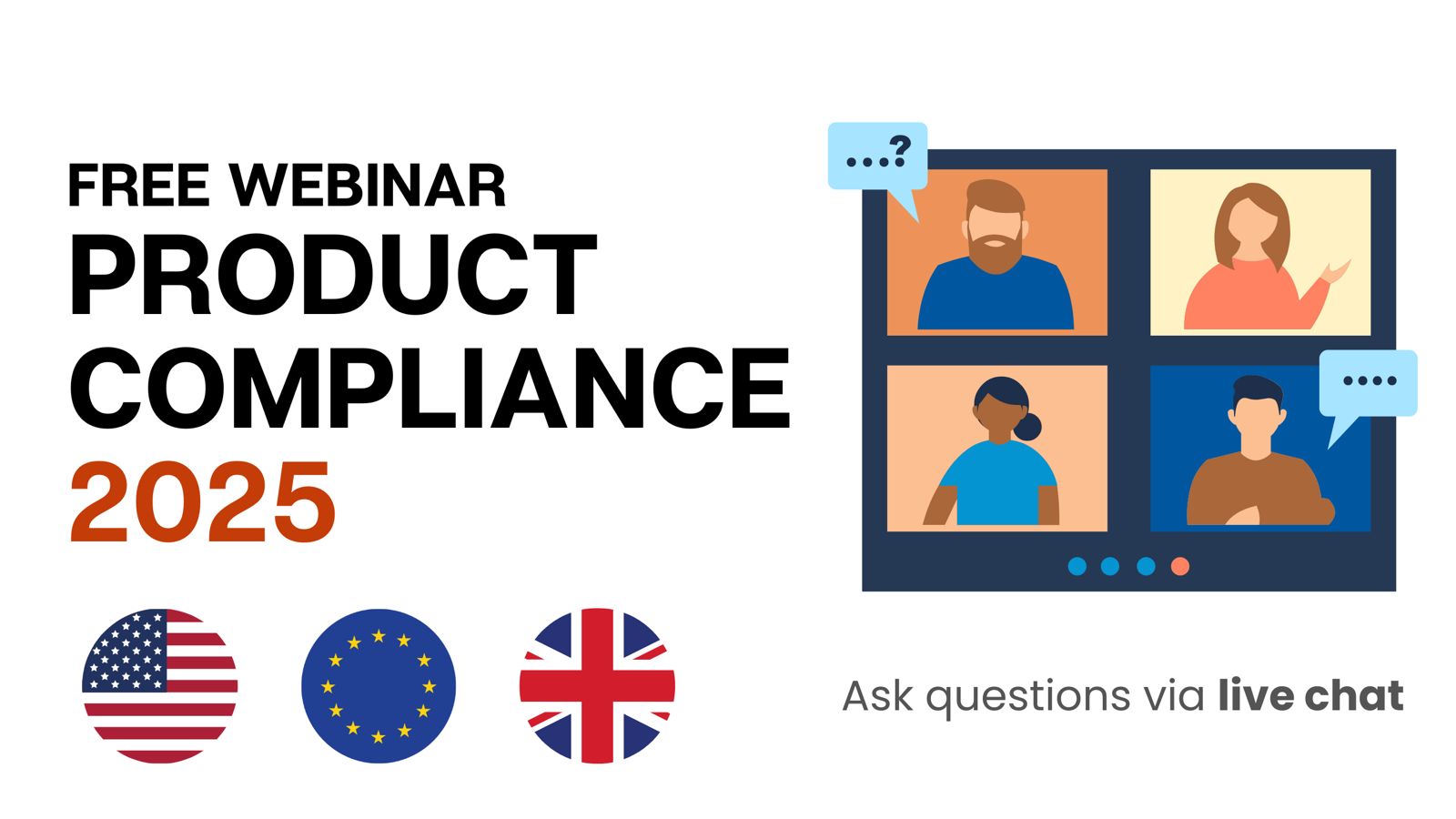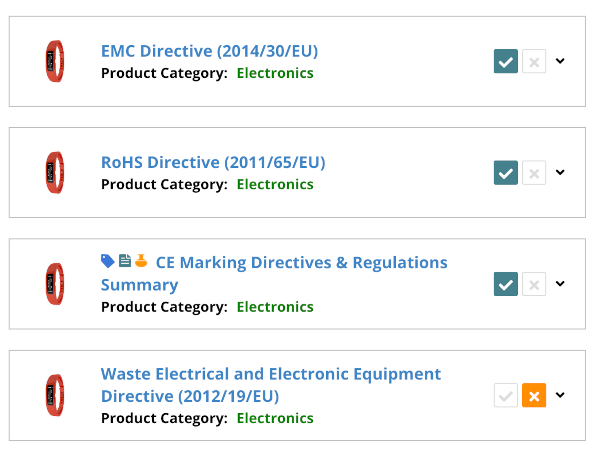
Selling products on TikTok requires compliance with the applicable regulations and standards in the country or market where these are made available. In this guide, we take a closer look at the TikTok product policy and how these relate to product safety and compliance for sellers in the United States, the European Union, and other markets.
Content Overview

FREE CONSULTATION CALL (US, EU & UK)
- Request a free 30-minute call with Ivan Malloci to learn how we can help you with:
- Find product requirements
- Certification and labeling
- Lab testing
Which products sold via TikTok must be compliant?
Essentially, all products sold on TikTok must comply with the applicable safety standards and regulations that exist for a particular product in the country it’s being sold in. For example, if you sell children’s products in the United States, then you’ll need to comply with the CPSIA, among other US product regulations.
In the European Union, you’ll need to comply with the Toy Safety Directive, and so on. As such, TikTok’s seller policy generally reflects the compliance requirements in the country where you sell.
That being said, TikTok also has more detailed requirements and restrictions that are crucial to understand for sellers.
Restricted products
Some products are subject to specific documentation requirements. These products are defined as restricted products by TikTok. Here are some examples:
- Children’s products
- Toys
- Baby products
- Cosmetics
- Electronics
- Medical devices
- Pet supplies
Case Study A: Children’s Products (US)
TikTok lists the following required documents:
- Children’s Product Certificate (CPC)
- CPSIA test report
- Tracking label file
These are not invented by TikTok, but are the documents required when selling any children’s product in the United States. TikTok only enforces the federal US product compliance requirements.
Case Study B: Electric Bikes and Scooters (US)
TikTok lists the following requirements:
1. Certificate of Conformity, issued by an ISO-17025 accredited laboratory, confirming the product’s compliance with ANSI/CAN/UL 2849
2. Product images proving the product’s compliance with e-mobility labelling requirements
3. Electric bikes only: General Certificate of Conformity confirming the product’s compliance with 16 CFR Part 1512
The first point is of particular interest as TikTok mandates compliance with a standard that is otherwise voluntary.
Case Study C: Electronics (EU)
TikTok lists the following requirements:
1. Images of the product featuring its CE marking, battery mark, applicable warnings and applicable WEEE labellings; and
2. A copy of the user manual, ensuring it features a CE marking for the product.
Again, these are not requirements invented by TikTok, but those that are required for all EU importers or manufacturers.
Prohibited products
TikTok also prohibits the sale of products belonging to certain categories, despite these products not necessarily being illegal in the country where they are being sold.
Here are some examples:
- Sex toys
- Erotic clothing
- Alcoholic drinks
- Real animal fur
- Breast pumps
- Knives
- Raw construction materials
Other products
Keep in mind that all products sold via TikTok shop must be fully compliant and safe, even if your product is not listed as a restricted product. This is also true for compliance requirements that apply to your product, but are not explicitly mentioned in the TikTok seller policy.
Ultimately, TikTok can and must take action against any non-compliant product.
How can TikTok sellers comply with product compliance requirements?
As mentioned, ensuring compliance with the TikTok seller policy is often a matter of ensuring compliance with the applicable regulations in the country or markets where you intend to sell it.
Here is a useful checklist you can use to determine which requirements apply to your product while also taking the TikTok policy into consideration:
TikTok Policy
1. Is your product listed as restricted or prohibited in the TikTok policy?
2. Summarise the documents, test reports, and label files listed by TikTok
3. Does TikTok require compliance with product standards?
Regulations
1. What regulations and directives apply to your product?
2. Break down the requirements for each applicable regulation and directive:
- Referenced standards
- Substance restrictions
- Labelling requirements
- Documentation/certification requirements
- Testing requirements
- Other relevant requirements
Safety standards
1. Confirm all mandatory standards for your product (i.e., ASTM F963-23).
2. Confirm all voluntary standards for your product (and cross-reference this with what is written in the TikTok policy).
Certification and documentation
1. Confirm required certificates and other documentation
2. Confirm if you need user instructions
Labelling
1. Confirm product labelling requirements
2. Confirm packaging labelling requirements
How can TikTok Shop Sellers demonstrate product compliance?
TikTok can require documentation at the time a new product is listed. If so, you must submit the listed documents.
Examples
1. Product certificates and declarations
2. Product label files
3. Packaging label files
4. Test reports
It is important to submit valid documentation to avoid delays in the review process.
Further, TikTok can request compliance documentation after the initial request. They also have the right to perform compliance checks and request documentation long after the initial listing – even if no such requirement existed for that particular product at the time.
What can happen if TikTok Shop Sellers list non-compliant products?
TikTok can either reject the product from being listed in the first place or remove an existing product listing.
Keep in mind that TikTok is also subject to regulatory requirements forcing marketplaces to implement certain compliance checks and remove non-compliant products, including those subject to recalls.
Your next step is therefore to carefully read the TikTok policy for sellers and how this relates to compliance requirements for your product.


